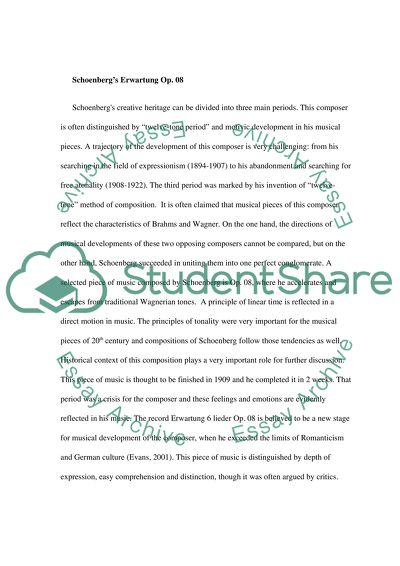Cite this document
(“Music of Schoenberg and Debussy Research Paper Example | Topics and Well Written Essays - 1500 words”, n.d.)
Retrieved from https://studentshare.org/music/1452612-music-of-schoenberg-and-debussy
Retrieved from https://studentshare.org/music/1452612-music-of-schoenberg-and-debussy
(Music of Schoenberg and Debussy Research Paper Example | Topics and Well Written Essays - 1500 Words)
https://studentshare.org/music/1452612-music-of-schoenberg-and-debussy.
https://studentshare.org/music/1452612-music-of-schoenberg-and-debussy.
“Music of Schoenberg and Debussy Research Paper Example | Topics and Well Written Essays - 1500 Words”, n.d. https://studentshare.org/music/1452612-music-of-schoenberg-and-debussy.


